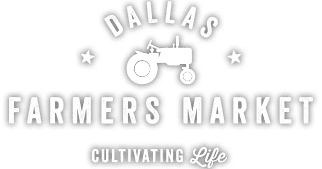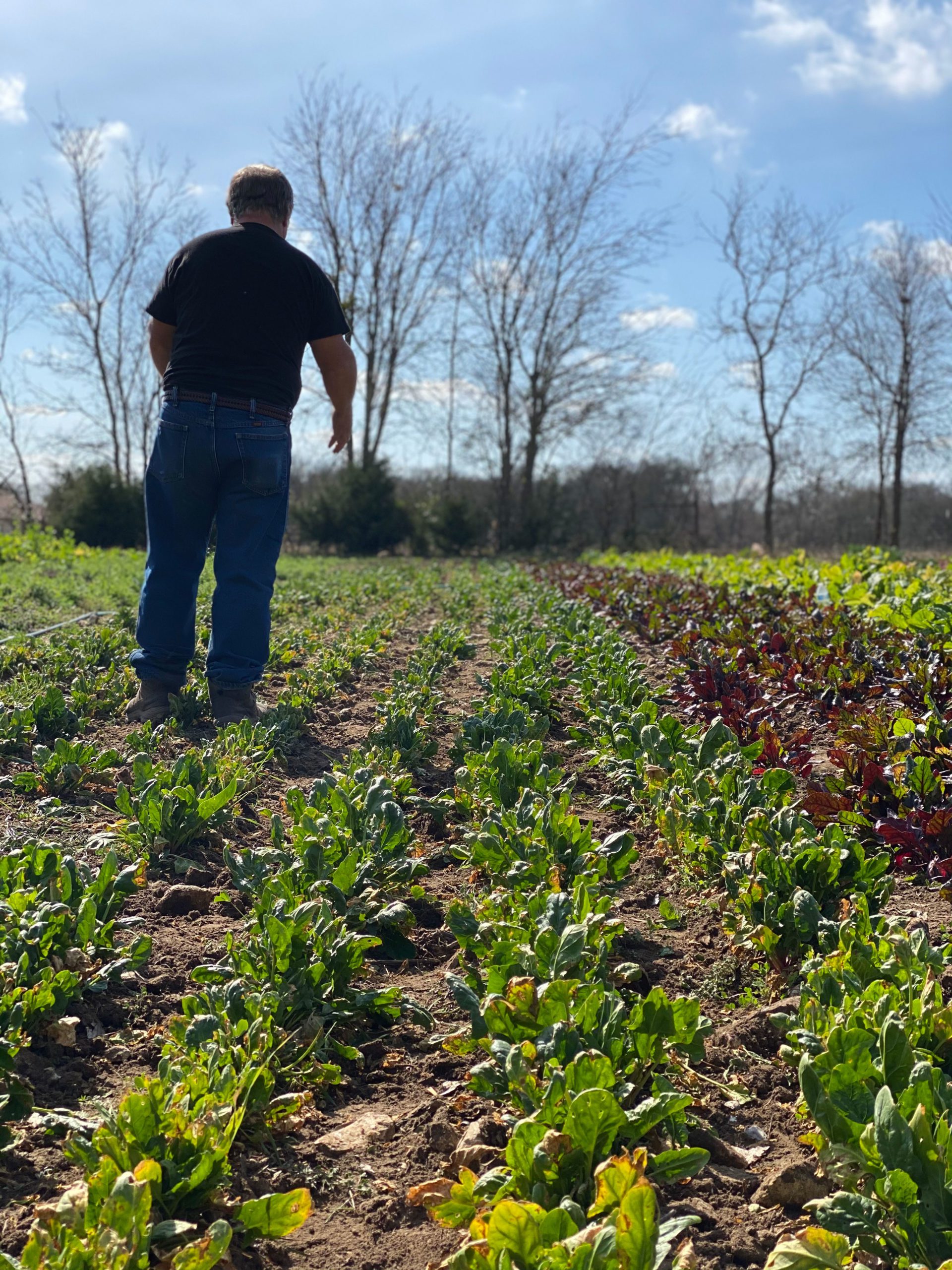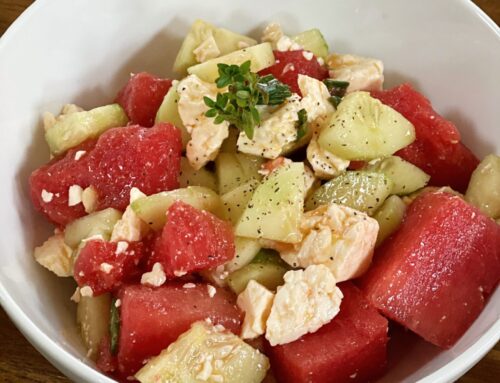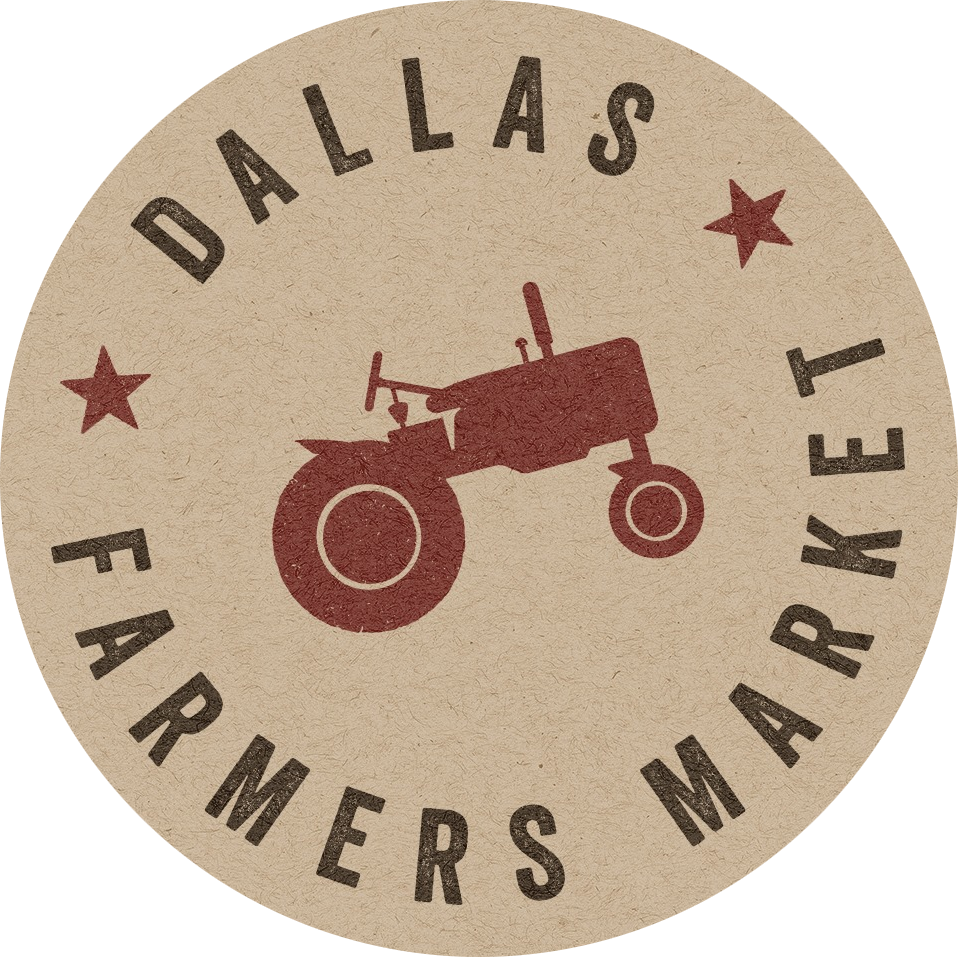Throughout 2020, an eager lens has focused on our long overlooked American farms. Access to fresh produce is generally considered a sure thing, yet as grocery store shelves sat bare many of us decided to cut out the middle-man and connect directly to local growers. In urban centers this may mean buying from urban growers and community gardens or connecting with small farmers at farmers markets. Small farms stand as a natural bridge between urban and rural communities and represent an agricultural model that is both sustainable and reliable. These innovative farms now find themselves in unprecedented times. They have been pushed to provide for more families than any recent time, while also fighting to fit into a political food-scape that is shaped to support commercial agriculture. Standing in a Mexia field, third-generation farmer Gerald Pruitt gives eyes to the small farm perspective. Those familiar with the farmers of the Dallas Farmers Market will know Gerald as a tinkled-eyed farmer full of humor and stories saying, “Try this kale. You’ll like it!”
Invited by farmer Gerald, the DFM team headed an hour and a half south of Dallas to meet our friend on his own turf. Visiting the farmers of the Dallas Farmers Market is a regular part of manager produce verification, but is also an opportunity to catch up with our producers and see how life on the farm is going. During this visit to Pruitt Farms, we were not only there to see the plans for spring crops, but also to learn how this traditional small farmer is standing up to a rough time. We arrived at Gerald’s home to find his one-acre plot planted from corner to corner with carrots, beets, lettuces, kales, spinach, and the like, winter crops well grown into their season. Snap peas and a warm greenhouse full of seed trays planted with tomatoes showed spring plans well underway. Gerald’s home plot wouldn’t keep him busy long, he also operates many rented fields throughout Mexia. While Gerald represents the traditional American farmer, he is also an innovative man who rents prime farmland throughout his county as a way to rotate through land at its peak fertility. Large plots are usually required for this type of crop rotation, Gerald is able to accomplish the same level of sustainable agriculture with his piece-and-parceled approach. For this determined farmer, the goal is to make every challenge into an opportunity.
One such challenge was the wild swing of market demand in 2020, when many farmers markets were forced to close. Faced with a field of harvestable crops, Gerald dove head-first into canning with the help of his wife, Sharon, and they haven’t looked back. With true southern hospitality, Gerald welcomed us into his home to see the canning process of his cottage food goods. Finding a way to limit food loss is one area that small farmers have commercial agriculture beat in spades (garden puns always intended). Produce that would otherwise not be sold at the market is quickly brined into delicious homemade recipes of chow chow, salsa, and various pickles. At the end of each market day, produce that doesn’t find a new home in our kitchen pots and dinner plates, will be dropped off at local shelters and charities. Gerald has a passion for feeding people and ensures his food goes to good use. As we followed Gerald to another bountiful plot a few miles from his home, it was clear that he was not only passionate about the food he grows, but also the people he meets and community he serves. In any conversation, Gerald will let you know that he’s here for a purpose–to feed people–and it shows in his actions. The extra hands on his farm are often men in need of work in the community, and Gerald has plenty of that to go around. Managed mostly by hand, Gerald’s fields are hand-worked, picked, plowed, and planted — no heavy machinery save for one old tractor that Gerald says looks best from the backside.
After sampling our way through Gerald’s field, we headed over to a new local Mexia restaurant, Qui Qui’s Seafood, where his collard greens are now on the menu. This was the setting for a deeper conversation on the past and future of agriculture as Gerald sees it. As we sat down to a plate of fried gulf shrimp, somewhat uneasily spaced six-feet apart, Gerald shared how he got his start in farming. “I probably started farming when I was about six months old,” Gerald laughed with a hint of seriousness. “My whole family farmed and we grew up in Houston. We’d come up here to the farm every weekend. If we missed a weekend, something was seriously wrong.” Like his uncle, Gerald went on to work in the oil business for some time in Houston before returning to the farm full time. “I started farming full time when I was about 29 years old… I always knew I wanted to be a farmer but money problems got in the way for a while. When I was growing up I didn’t have a bicycle. I had a horse.” By the time Gerald was a full production farmer in 1985, the import and sell of produce grown largely in California and Mexico to Dallas locals had already ruined most of the market for farm fresh produce in the area. At the time, most customers weren’t concerned about the origin of their produce or the viability of small farms. As in most times, saving money was the bottom-line.
The shift from local, seasonal produce to imported items killed many small farms, but unlike most, Gerald has persevered and says he now feels our community is rounding the corner on what seemed like the end of the road for small farms. It’s no secret that farming is often regarded as a dying craft; however, the often recited statistic that “the average age of an American farmer is now 58 years old”, no longer seems to tell the whole story. The adage, “60 is the new 40” far better describes the seasoned American farmer. How does a small farm make it against the odds–against cheaper imported products, restrictive government policies, and, as-of-late, a life threatening pandemic? According to Gerald, “Experience helps and you’ve got to stay busy… You’ve always got to be looking 4-5 years ahead.” In his experience, Gerald has not only fashioned rotational farming on rented land and cutdown food waste, but also generated stable work in the community and even found ways of getting his produce in the hands of Mexia locals.
For small farmers each challenge must be met head-on, and post-2020 there are plenty of challenges to go around. Despite the loss of wholesale buyers such as restaurants and local grocery stores, many farms have forged new relationships with their community and found alternative revenue streams. Small farms often find that their options for expanding markets are limited by government regulations and confusing local policies. For Pruitt Farms, selling produce to the restaurants that have reopened is often impossible due to USDA regulations with strict standards. Installing new farm infrastructure, documenting farm training, and hiring certifiers is cost prohibitive to small farms. While these policies are meant to protect the public, they often have the unintended consequence of blocking out small farmers from participating in restaurant or grocery store supply chains. This means Pruitt Farm’s primary option for new revenue was expanding into new farmers markets. They even attempted to sell their produce directly to consumers in Mexia by opening a farm stand at a local feed store. However, even this seemingly straight-forward endeavor to provide food in a time of scarcity was quickly shut down as it was in violation of a local ordinance. Innovation in local food tends to reveal a food policy landscape which snuffs out the best laid plans of small farmers. “This is a good ol’ boy town,” Gerald states, as if to imply that innovation, even in the face of adversity, isn’t welcome around here. Policy that is intended to prevent problems, often causes us to stifle solutions.
Despite the setbacks, a growing demand for local produce is undeniable in DFW. “There’s a future in this now; there wasn’t a future when I got started.” Gerald says that now more than ever, customers are looking for local produce and to support those who grow it. His customers often are interested in learning about seasonality and finding ways of being more self-sufficient. “It’s going to get easier. Customers want it. You can tell in Dallas especially.” For Gerald, it’s a matter of fact that not only do customers want his food, but that this work is essential to support growing populations in urban centers. “Downtown Dallas needs as much help as it can get.” Much like ourselves at the Dallas Farmers Market, Gerald pairs his rooted traditions with bold innovations to serve our community with confidence in our sustainable future.








